Home>Furniture & Design>Interior Design Trends>What Is The Burial Depth For Urns
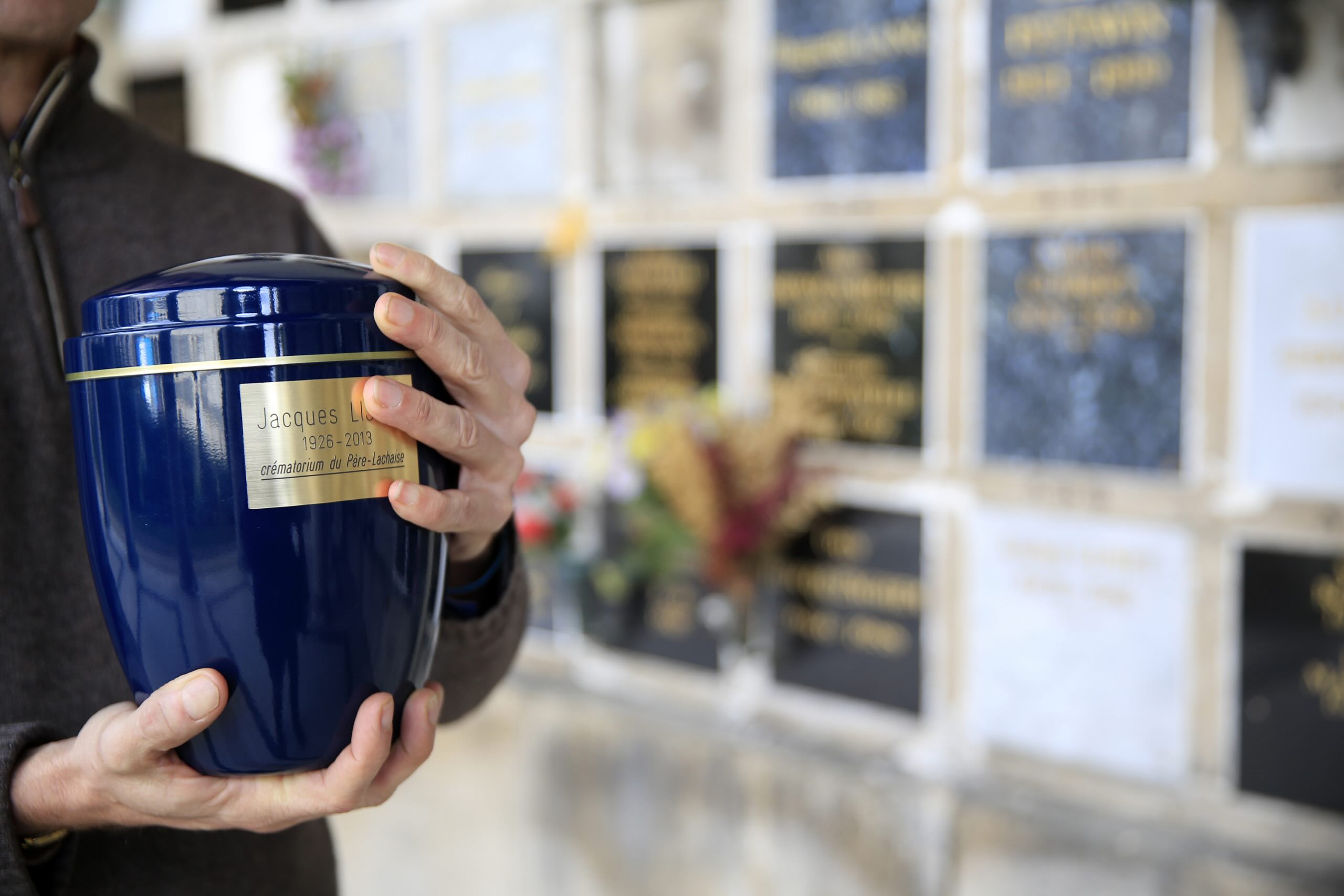

Interior Design Trends
What Is The Burial Depth For Urns
Published: December 19, 2023
Discover the optimal burial depth for urns with our expert interior design trends. Create a peaceful resting place that blends seamlessly with your home decor.
(Many of the links in this article redirect to a specific reviewed product. Your purchase of these products through affiliate links helps to generate commission for Storables.com, at no extra cost. Learn more)
Introduction
Welcome to the fascinating world of interior design trends! As an expert in the field, I am excited to take you on a journey through the latest and most captivating trends that are shaping the world of interior design. From colors and materials to furniture and decor, we will explore everything that is currently making waves in the industry.
Interior design is constantly evolving, with new concepts and ideas emerging each year. It is a dynamic field that reflects the changing tastes, preferences, and lifestyles of people. Whether you are a homeowner looking to update your living space or a professional designer seeking inspiration, staying up-to-date with the latest trends is essential to create visually stunning and functional interiors.
In this article, we will delve into some of the most prominent interior design trends that are shaping the industry today. You can expect to find valuable insights and practical tips on how to incorporate these trends into your own space. But before we dive in, let’s discuss the importance of understanding and embracing interior design trends.
Interior design trends serve as a source of inspiration and guidance, helping us navigate the vast world of choices when it comes to decorating our homes. They provide a framework that enables us to create cohesive and visually pleasing spaces that reflect our personal style.
Moreover, following interior design trends allows us to stay ahead of the curve and avoid falling into the trap of outdated and stale designs. By incorporating current trends, we can keep our living spaces fresh, modern, and visually appealing. Additionally, embracing trends can also increase the value of a property, especially for homeowners looking to sell or rent their homes.
Whether you are a fan of minimalism, maximalism, or love experimenting with eclectic styles, there is a trend out there that will resonate with your unique taste and personality. So, fasten your seat belts and get ready to explore the exciting and ever-evolving world of interior design trends.
Key Takeaways:
- Importance of Burial Depth for Urns
Understanding the significance of burial depth ensures stability, protection, preservation, aesthetics, and compliance with regulations, creating a lasting and respectful tribute to loved ones. - Factors Affecting Burial Depth for Urns
Soil composition, environmental conditions, urn characteristics, accessibility, and cultural/religious beliefs all influence the appropriate burial depth for urns, ensuring stability, preservation, and respect.
Read more: Number Of Urns Allowed In A Burial Plot
Importance of Burial Depth for Urns
When it comes to honoring the memory of a loved one, many people choose to use urns for the burial or placement of cremated remains. While selecting the right urn is essential, understanding the importance of burial depth is equally crucial. Burial depth refers to the depth at which the urn is buried in the ground. This seemingly simple factor plays a significant role in preserving the integrity and beauty of the burial site. Here are a few reasons why burial depth for urns should be carefully considered:
1. Stability and Security: Proper burial depth ensures the stability and security of the urn. By burying the urn at an appropriate depth, you can prevent it from shifting or being disturbed over time. This stability ensures that the urn will remain in place and maintain its aesthetic appeal for years to come.
2. Protection from External Factors: Burial depth provides a layer of protection for the urn against external factors such as weather, erosion, and potential damage caused by animals or humans. By burying the urn at an adequate depth, you minimize the risk of exposure to elements that could potentially harm or degrade the urn.
3. Preservation of the Burial Site: The proper burial depth of the urn contributes to the overall preservation of the burial site. By following recommended guidelines for burial depth, you can ensure that the site remains intact and undisturbed. This preservation allows family members and visitors to pay their respects in a serene and respectful environment.
4. Aesthetics and Visual Appeal: The burial depth of an urn also affects the visual appeal of the burial site. By burying the urn at an appropriate depth, you can maintain a level surface and create a harmonious landscape. This attention to detail enhances the overall aesthetics of the site and provides a serene backdrop for remembrance.
5. Compliance with Regulations: In some cases, burial depth regulations may be in place for specific burial grounds or cemeteries. It is crucial to familiarize yourself with any regulations that may exist in your region or chosen burial ground. By adhering to these regulations, you ensure that the burial process is conducted in a manner that respects local guidelines and requirements.
Overall, understanding the importance of burial depth for urns is essential in creating a lasting and respectful tribute to the deceased. Taking the time to consider the stability, protection, preservation, aesthetics, and regulatory aspects of burial depth will help you make informed decisions and create a meaningful resting place for your loved one.
Factors Affecting Burial Depth for Urns
When determining the appropriate burial depth for urns, several factors come into play. It is crucial to consider these factors to ensure the longevity and integrity of the burial site. Here are some key factors that can influence the burial depth for urns:
1. Soil Composition: The composition of the soil in the burial site is an essential factor in determining the burial depth for urns. Different types of soil, such as clay, sandy, or loamy soil, have varying drainage and stability properties. It’s important to assess the soil composition and adjust the burial depth accordingly to ensure proper stability and support for the urn.
2. Environmental Conditions: Environmental conditions, including rainfall, temperature, and ground movement, can impact the burial depth for urns. Areas with heavy rainfall or frequent temperature fluctuations may require deeper burial to prevent erosion or shifting of the soil. Monitoring the environmental conditions and adjusting the burial depth accordingly can help maintain the stability and preservation of the urn.
3. Type of Urn: The size, weight, and shape of the urn can also influence the burial depth. Larger and heavier urns may require deeper burial to ensure adequate support and stability. Additionally, irregularly shaped or delicate urns might need careful consideration to prevent damage during burial.
4. Cremated Remains: The amount and type of cremated remains can impact the burial depth for urns. If there is more than one set of remains to be interred in the same burial site, the burial depth should accommodate all the urns while maintaining proper proximity and separation. Different cultures and religions may have specific guidelines regarding the distance between urns, which should be taken into account when determining the burial depth.
5. Accessibility: The accessibility of the burial site is a practical factor to consider when determining the burial depth for urns. If the burial site is located in an area that requires easy maintenance or future visits, it may be necessary to adjust the burial depth accordingly to ensure easy access and upkeep without disturbing the urn or the surrounding area.
6. Cultural and Religious Considerations: Cultural and religious beliefs and practices play a significant role in determining the burial depth for urns. Different cultures and religions may have specific guidelines regarding burial depth, directional orientation, or proximity to other burials. It is important to respect and adhere to these guidelines to honor the cultural and religious traditions associated with the urn’s interment.
By considering these factors and evaluating the unique characteristics of the burial site and the urn, you can determine an appropriate burial depth that ensures stability, preservation, and respect for the deceased. It is always advisable to consult with professionals or seek guidance from local authorities or religious institutions to ensure compliance with any specific requirements or regulations.
Environmental Considerations
When determining the burial depth for urns, it is crucial to take into account the specific environmental conditions of the burial site. These environmental factors play a significant role in ensuring the longevity and preservation of the burial site and the urn. Here are some key environmental considerations to keep in mind:
1. Drainage: The drainage of the burial site is an essential factor to consider. Poor drainage can lead to water accumulation around the urn, which can cause damage and deterioration over time. It is important to choose a burial depth that allows for proper drainage to prevent stagnation of water and potential harm to the urn.
2. Erosion: The risk of erosion should be evaluated when determining the burial depth for urns. If the burial site is located in an area prone to erosion, it is advisable to choose a deeper burial depth to protect the urn from exposure and potential damage caused by soil erosion. This helps to maintain the integrity and visual appeal of the burial site.
3. Temperature Fluctuations: Extreme temperature fluctuations can have a detrimental effect on the burial site and the urn. Burial depth should take into account the climate of the region to ensure the urn is protected from rapid temperature changes. A deeper burial depth can help to provide insulation against extreme heat or cold, ensuring the urn remains stable and undamaged.
4. Vegetation and Root Systems: The presence of vegetation and root systems in the burial site can affect the burial depth for urns. Tree roots, for example, can disrupt the burial site and potentially damage the urn. It is important to consider the proximity of vegetation and the depth required to avoid interference from roots and other plant growth.
5. Soil Stability: The stability of the soil in the burial site is a crucial environmental consideration. Unstable or loose soil can shift over time, potentially causing damage to the urn or compromising the integrity of the burial site. It is important to assess the soil stability and choose an appropriate burial depth that provides sufficient support and prevents any potential soil movement.
6. Wildlife and Animal Activity: Wildlife and animal activity can pose a threat to the burial site and the urn. Burial depth should be selected to deter animals from digging up the urn or causing any disturbance to the burial site. This consideration is particularly important in areas with a significant wildlife presence or where animal activity is more likely to occur.
By carefully considering these environmental factors, you can choose an appropriate burial depth for the urn that ensures stability, protection, and longevity. It is also recommended to consult with professionals or local authorities familiar with the specific environmental conditions of the area to ensure compliance with any additional guidelines or regulations in place.
Cultural and Religious Considerations
When it comes to burying urns, cultural and religious beliefs play a significant role in determining the appropriate burial depth. Different cultures and religions have varying traditions and customs regarding the interment of cremated remains. Here are some cultural and religious considerations to keep in mind:
1. Directional Orientation: Certain cultures and religions have specific guidelines regarding the directional orientation of burials. For example, in some cultures, it is believed that the head should be placed towards a particular direction, while others may have specific requirements based on religious teachings or spiritual beliefs. It is important to understand and respect these guidelines when determining the burial depth for urns.
2. Proximity to Other Burials: Some cultures and religions have specific requirements for the distance between burials. There may be guidelines on how close or far apart urns should be placed from each other. These guidelines ensure proper respect for the deceased and maintain the sanctity of the burial site. It is essential to be aware of such requirements and adhere to them when determining the burial depth.
3. Rituals and Ceremonies: Cultural and religious traditions often involve specific rituals or ceremonies during the interment of urns. These rituals may require certain depths or burial practices to be followed. The burial depth should be determined in a way that allows for the seamless execution of the rituals and ceremonies associated with the culture or religion in question.
4. Timeframe for Decomposition: Some cultures or religions have beliefs surrounding the timeframe for decomposition. It may be believed that a certain burial depth promotes faster decomposition or aligns with the spiritual journey of the deceased. Understanding the beliefs or guidelines associated with the timeframe for decomposition can influence the choice of burial depth for urns.
5. Ancestral Traditions: In many cultures, honoring ancestral traditions is of utmost importance. These traditions may dictate specific burial depths or practices that have been passed down through generations. Respecting and honoring these ancestral traditions can involve selecting the appropriate burial depth that aligns with the cultural heritage and values associated with the urn.
6. Local Regulations and Requirements: It is important to familiarize yourself with any local regulations or requirements that may govern burial practices. These regulations may include specifications on burial depth, burial container requirements, or other guidelines to ensure compliance with local laws. Adhering to these regulations is crucial to conduct the burial process in a manner that respects cultural and religious considerations while also abiding by legal requirements.
By respecting cultural and religious considerations, you can ensure that the burial depth for urns aligns with the traditions, beliefs, and values associated with the deceased and their cultural or religious background. It is beneficial to consult with religious leaders, cultural advisors, or local authorities to ensure that you understand and adhere to the specific cultural and religious practices involved in the burial process.
The burial depth for urns is typically around 2-3 feet deep. This depth helps to ensure that the urn is securely placed and protected, while also allowing for easy access for future maintenance or visitation.
Read also: 8 Best Urns For Burial For 2024
Types of Burial Grounds
When deciding on the burial of urns, it is important to consider the different types of burial grounds available. Each type of burial ground offers unique features and considerations that can impact the burial depth and overall experience. Here are some common types of burial grounds to consider:
1. Traditional Cemeteries: Traditional cemeteries are the most well-known type of burial grounds. They often have designated sections or plots for urn burials. These cemeteries typically have established rules and regulations regarding burial depth, markers, and maintenance. It is important to consult with the cemetery authorities to understand their specific guidelines and requirements for burying urns.
2. Memorial Gardens: Memorial gardens are serene and landscaped areas specifically designed for cremation burials. These gardens offer a peaceful and natural setting for interring urns. They typically feature beautiful landscaping, benches, and memorial structures. The burial depth in memorial gardens is usually carefully planned to create a harmonious and visually appealing environment.
3. Columbaria: Columbaria are structures or rooms specifically designed to house urns. They are often located within traditional cemeteries or memorial parks. Columbaria can be indoor or outdoor and feature niches or compartments to hold urns. Burial depth in a columbarium is predetermined and determined by the structure’s design and construction.
4. Natural Burial Grounds: Natural burial grounds, also known as green or eco-friendly burial grounds, are gaining popularity for their environmentally-friendly approach. These grounds aim to have minimal impacts on the environment, promoting biodegradability and conservation. In natural burial grounds, burial depth is typically shallow to allow for natural decomposition and integration with the surrounding ecosystem.
5. Private Property Burials: In some cases, individuals may choose to bury urns on private property, such as family estates or designated burial sites. Burial depth in private property burials can be flexible, based on personal preferences and regulations. It is crucial to consult with local authorities and legal professionals to understand any regulations or permits required for private property burials.
6. Scattering Gardens: Scattering gardens provide a dedicated area for the scattering of ashes or the interment of urns. These gardens often have specific guidelines and designated areas for scattering or burying urns. Burial depth in scattering gardens may vary depending on the regulations and preferences of the facility or location.
Considering the type of burial ground is essential when determining the burial depth for urns. Each type has its own guidelines and requirements that may influence the burial process. It is crucial to research and understand the specific regulations and considerations associated with the chosen burial ground to ensure a respectful and compliant burial.
Guidelines for Burial Depth
When it comes to determining the burial depth for urns, there are some general guidelines that can help ensure a proper and respectful interment. While specific requirements may vary based on cultural, religious, and regulatory considerations, here are some key guidelines to consider:
1. Consult with Cemetery or Burial Ground Authorities: If burying the urn in a cemetery or designated burial ground, consult with the authorities to understand their specific guidelines and regulations regarding burial depth. They may have established requirements to ensure consistency and preservation within the grounds.
2. Consider Local Regulations: Research and adhere to any local regulations or bylaws that govern burial practices in your area. These regulations may include specifications on burial depth, required burial containers, or other guidelines that must be followed. Compliance with local regulations ensures a lawful and respectful burial process.
3. Assess the Size and Weight of the Urn: Consider the size and weight of the urn when determining burial depth. Larger and heavier urns may require a deeper burial to ensure stability and prevent shifting over time. It’s important to choose a depth that provides adequate support for the urn.
4. Factor in Environmental Considerations: Environmental factors, such as soil composition, drainage, temperature fluctuations, and vegetation, should be taken into account when deciding on the burial depth. Adjust the depth to accommodate these considerations, ensuring the longevity and preservation of the urn and the burial site.
5. Respect Cultural and Religious Practices: If there are cultural or religious considerations, such as directional orientation, proximity to other burials, or specific beliefs regarding decomposition, it is important to respect and adhere to these practices. Follow the guidelines provided by the culture or religion when determining the burial depth.
6. Consider Maintenance and Accessibility: Determine whether the burial site requires future maintenance or access. If the site needs regular upkeep or is in an area where future visits are anticipated, consider the burial depth that allows for easy accessibility without disturbing the urn or the surrounding area.
7. Seek Professional Advice: If you are unsure about the appropriate burial depth or have specific concerns, consult with professionals such as funeral directors, cemetery managers, or religious advisors. They can provide expert guidance based on their experience and knowledge.
Keep in mind that these guidelines are general and may need to be adjusted based on specific circumstances, local regulations, or cultural/religious practices. It is always important to do thorough research, consult with professionals, and follow the guidelines and regulations in your specific situation to ensure a respectful and appropriate burial depth for the urn.
Maintenance and Upkeep of Burial Sites
After the urn has been properly buried, it is important to consider the ongoing maintenance and upkeep of the burial site. Maintaining a well-kept and respected final resting place for your loved one requires attention and care. Here are some key aspects to consider for the maintenance and upkeep of burial sites:
1. Regular Cleaning: To keep the burial site looking clean and dignified, regular cleaning is necessary. Remove any debris, leaves, or dirt that may accumulate over time. Use a soft brush or broom to gently clean any markers or monuments in the area.
2. Vegetation Management: Regularly trim and maintain any vegetation surrounding the burial site. Overgrown plants and shrubs can detract from the site’s appearance and make it difficult to access or locate the urn. Prune trees and remove weeds or invasive plants that may pose a threat to the integrity of the burial site.
3. Repair and Maintenance: Routinely check for any damage or deterioration to the burial site itself, such as fences, markers, or urn containers. Repair or replace any damaged or broken components to maintain the overall integrity and appearance of the site. Consult with professionals if you need assistance with repairs or restoration.
4. Seasonal Care: Different seasons may require specific care for the burial site. In colder climates, consider protective measures such as winterizing the burial site to prevent damage from freezing temperatures or heavy snowfall. In warmer climates, ensure proper hydration for any surrounding vegetation during dry periods.
5. Respect for Other Burials: Be mindful of other burials in the vicinity and show respect for those resting nearby. Avoid encroaching on adjacent burial spaces and maintain a respectful distance. In shared burial grounds, follow any specific guidelines or regulations regarding spacing or decoration of individual gravesites.
6. Visitations and Decorations: If you plan on visiting the burial site regularly, be mindful of any rules or regulations regarding decorations or personal items. Understand any guidelines provided by cemetery or burial ground authorities to ensure you are respecting the wishes and regulations of the site. Avoid leaving items that may obstruct the view or create hazards for visitors or maintenance staff.
7. Engage Professional Services: Consider engaging professional landscaping or maintenance services to help with the ongoing care of the burial site. Professionals can provide regular maintenance and ensure the site remains well-manicured and respected. They can also provide guidance on any specific requirements or cultural practices associated with the burial site.
By prioritizing the ongoing maintenance and upkeep of the burial site, you can create a dignified and lasting tribute to your loved one. Regular cleaning, vegetation management, repair and maintenance, seasonal care, respect for other burials, and adherence to guidelines or regulations are all important factors in ensuring the proper care and integrity of the burial site.
Conclusion
Understanding the importance of burial depth for urns and considering various factors such as environmental, cultural, and religious considerations is crucial in creating a respectful and meaningful resting place for your loved one. By following guidelines and regulations, you can ensure that the burial depth aligns with the specific requirements of the burial site, maintains stability and security for the urn, and preserves the integrity of the burial site over time.
Environmental considerations play a significant role in determining the appropriate burial depth, taking into account factors such as drainage, erosion, temperature fluctuations, vegetation, and soil stability. By considering these environmental factors, you can choose a burial depth that promotes the longevity and preservation of the urn and creates a peaceful and harmonious burial site.
Cultural and religious practices should also be respected and followed when determining burial depth. Different cultures and religions may have specific guidelines regarding directional orientation, proximity to other burials, rituals, and the timeframe for decomposition. Adhering to these practices honors the traditions and beliefs associated with the deceased and creates a burial site that is culturally and religiously significant.
Understanding the types of burial grounds, such as traditional cemeteries, memorial gardens, columbaria, natural burial grounds, private property burials, and scattering gardens, is essential in selecting the appropriate burial depth. Each type of burial ground has its own guidelines and requirements, and it is important to familiarize yourself with these considerations to ensure a respectful and appropriate burial.
Following guidelines for burial depth, consulting with cemetery or burial ground authorities, considering local regulations, assessing urn size and weight, factoring in environmental considerations, respecting cultural and religious practices, and ensuring maintenance and upkeep of the burial site are all important steps in creating a lasting tribute to your loved one.
By embodying these considerations and guidelines, you can create a final resting place that not only honors the memory of your loved one but also provides a serene and meaningful space for remembrance and reflection.
The world of interior design trends is vast and ever-evolving, and staying up-to-date is essential for creating visually stunning and functional spaces. By delving into the latest trends and understanding the importance of incorporating them into your own designs, you can elevate your interior spaces and create environments that are both on-trend and uniquely personal.
Remember, interior design is an art form that blends aesthetics, functionality, and individuality. While trends provide inspiration and guidance, it is important to stay true to your own style and create spaces that reflect your personality and meet your specific needs. So, embrace the exciting world of interior design trends, and let your creativity soar as you transform your living spaces into beautiful and inspiring havens.
Frequently Asked Questions about What Is The Burial Depth For Urns
Was this page helpful?
At Storables.com, we guarantee accurate and reliable information. Our content, validated by Expert Board Contributors, is crafted following stringent Editorial Policies. We're committed to providing you with well-researched, expert-backed insights for all your informational needs.
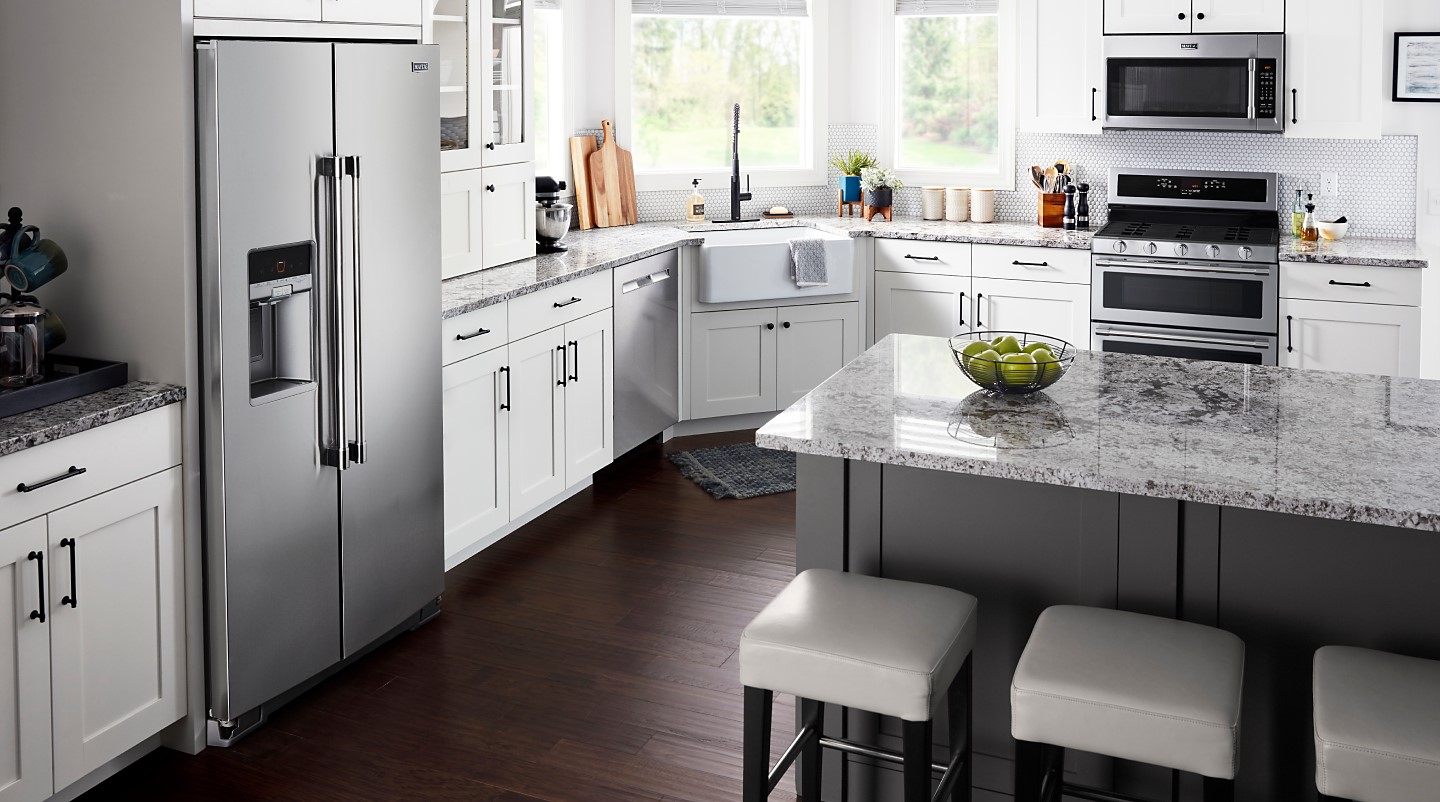
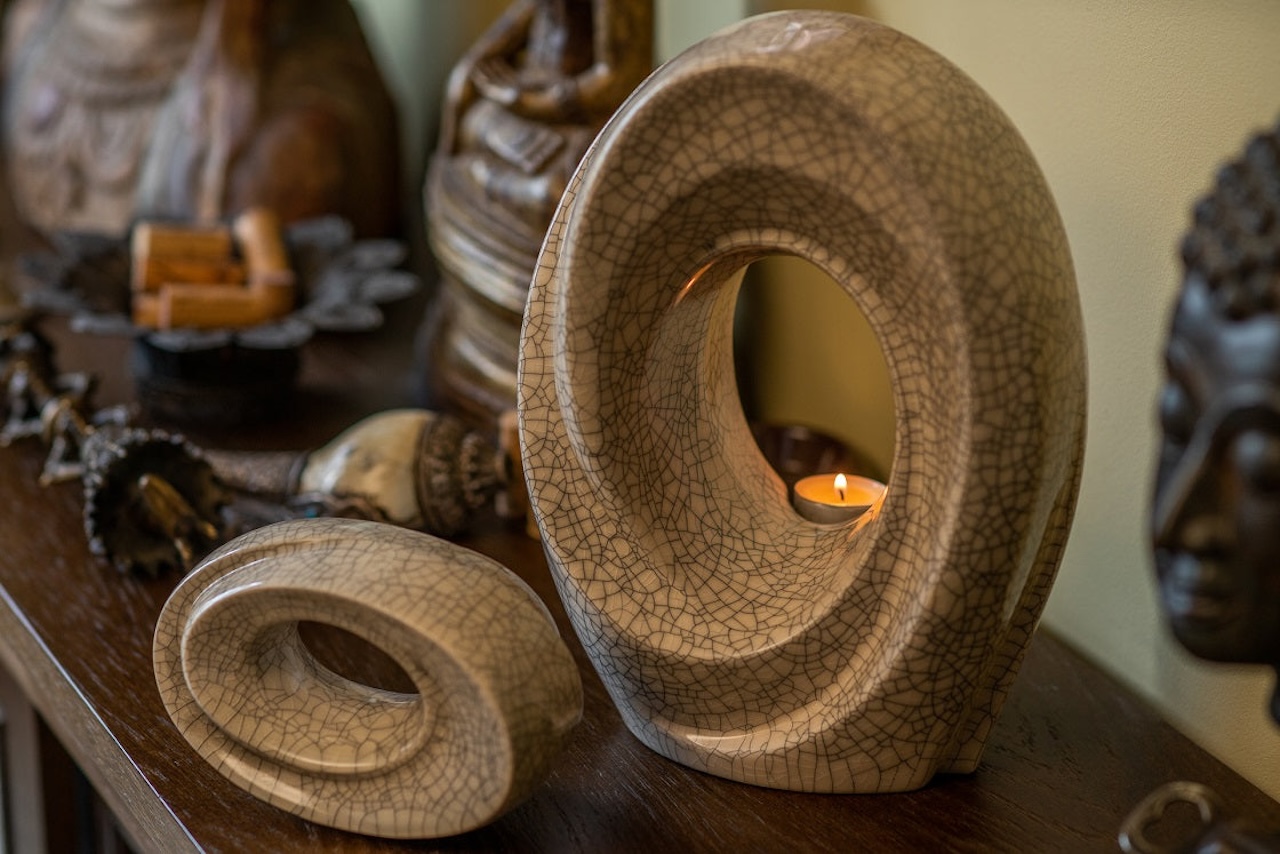
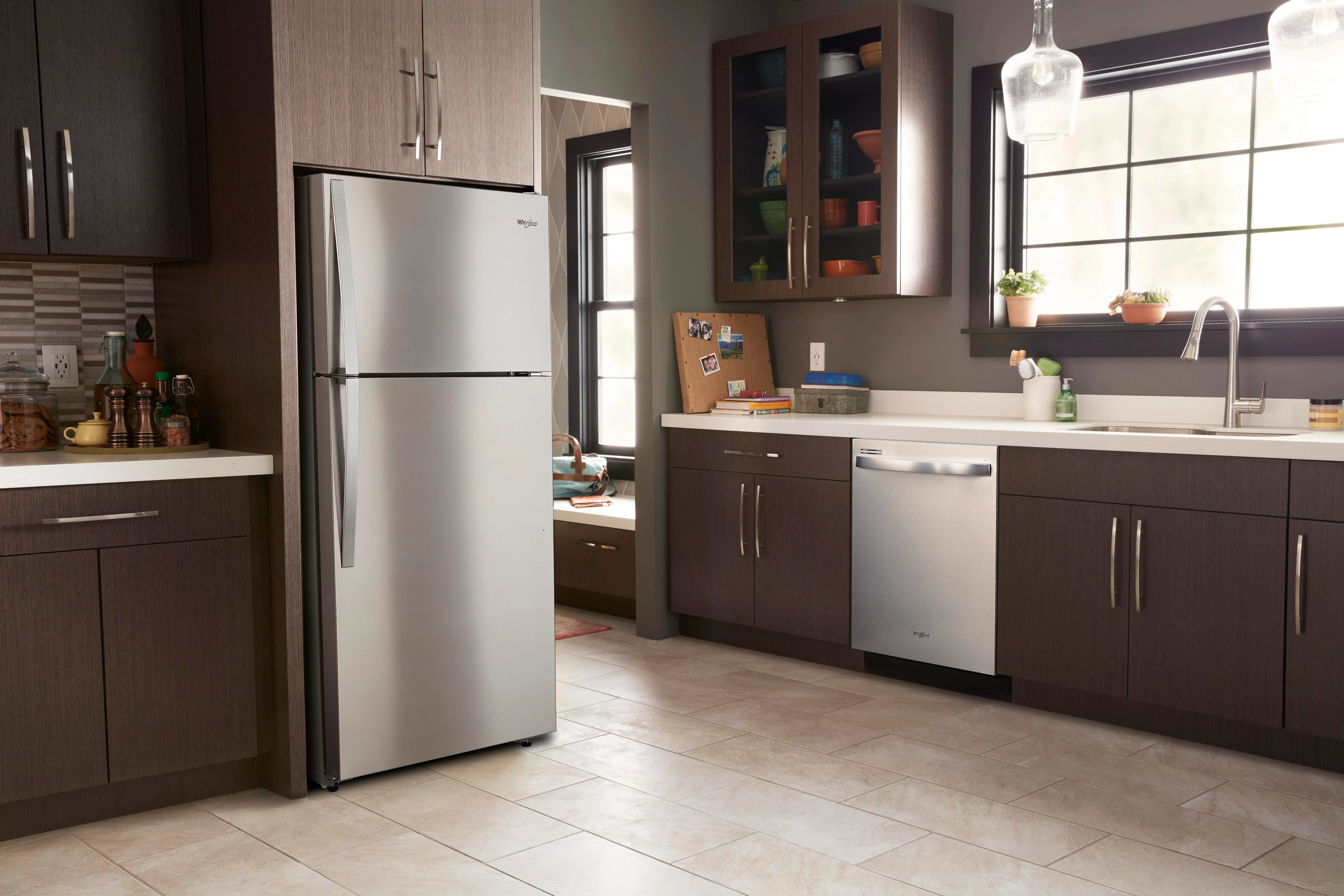
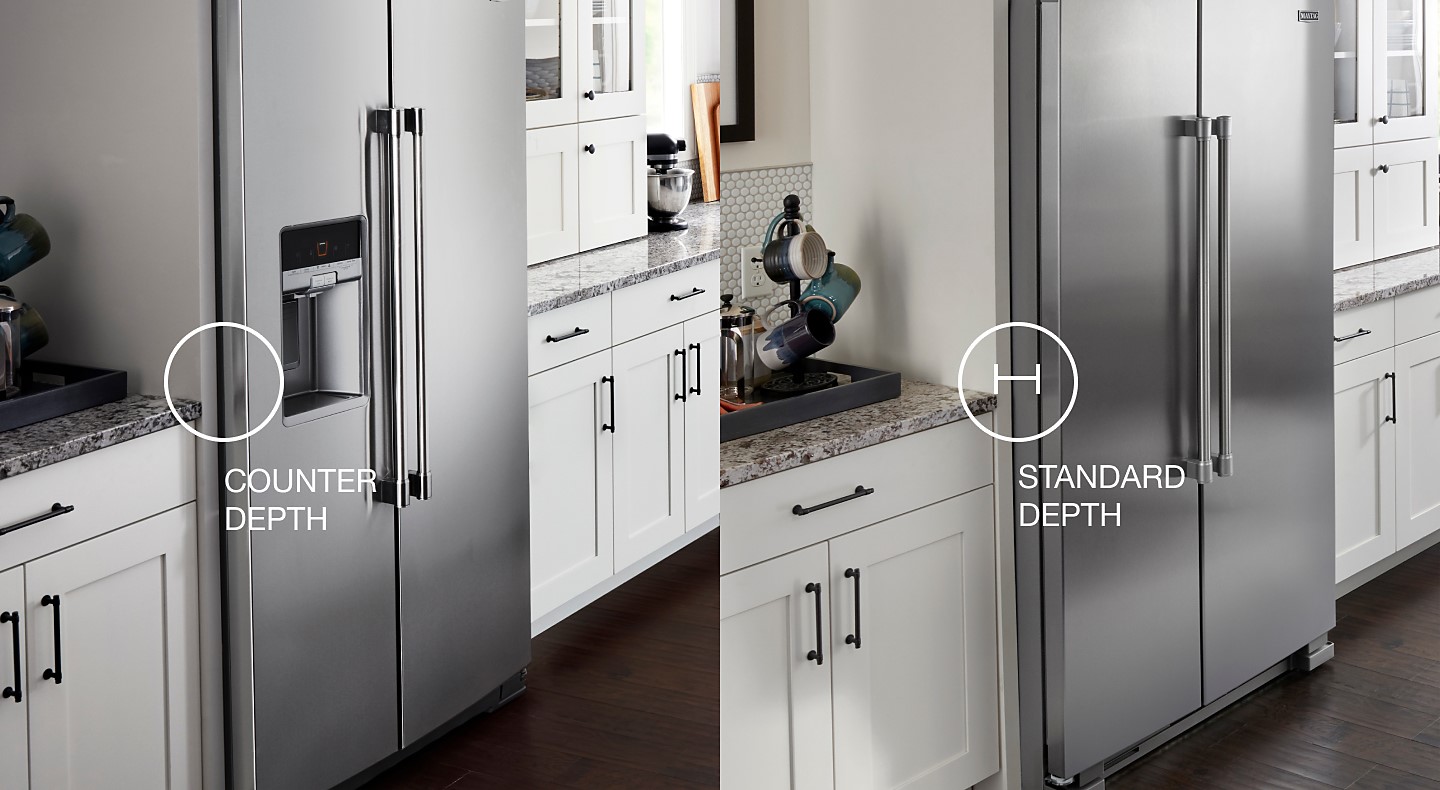
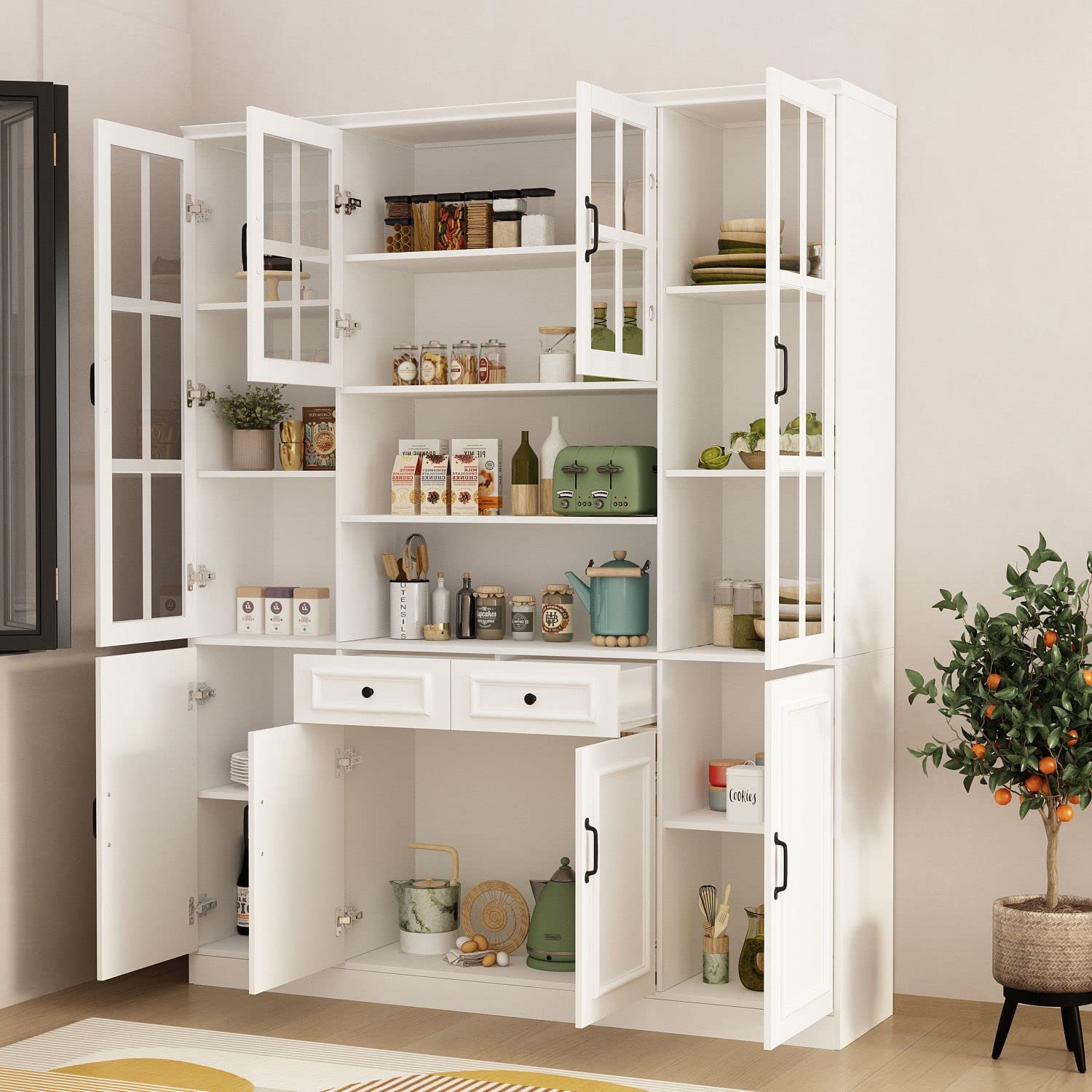
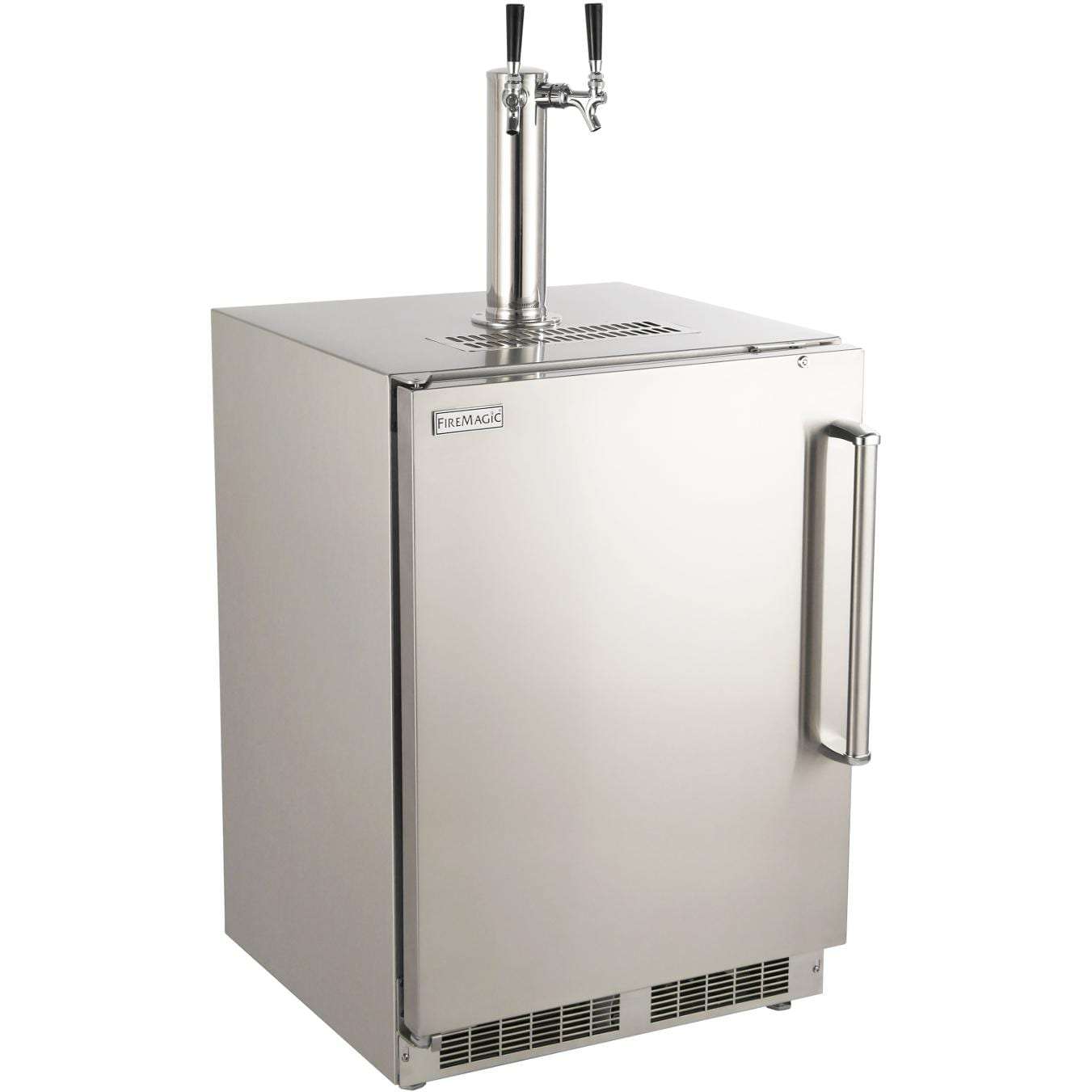
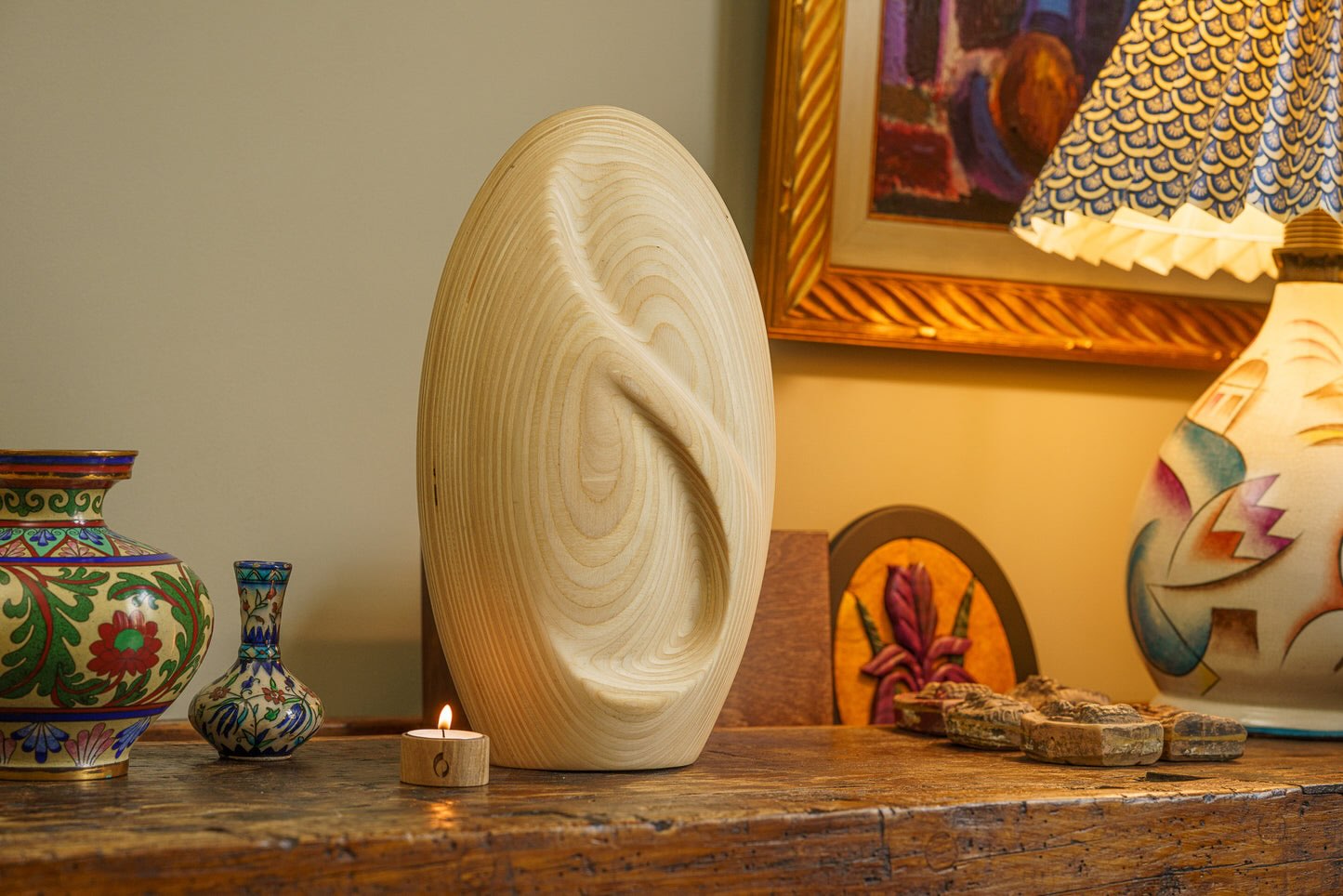
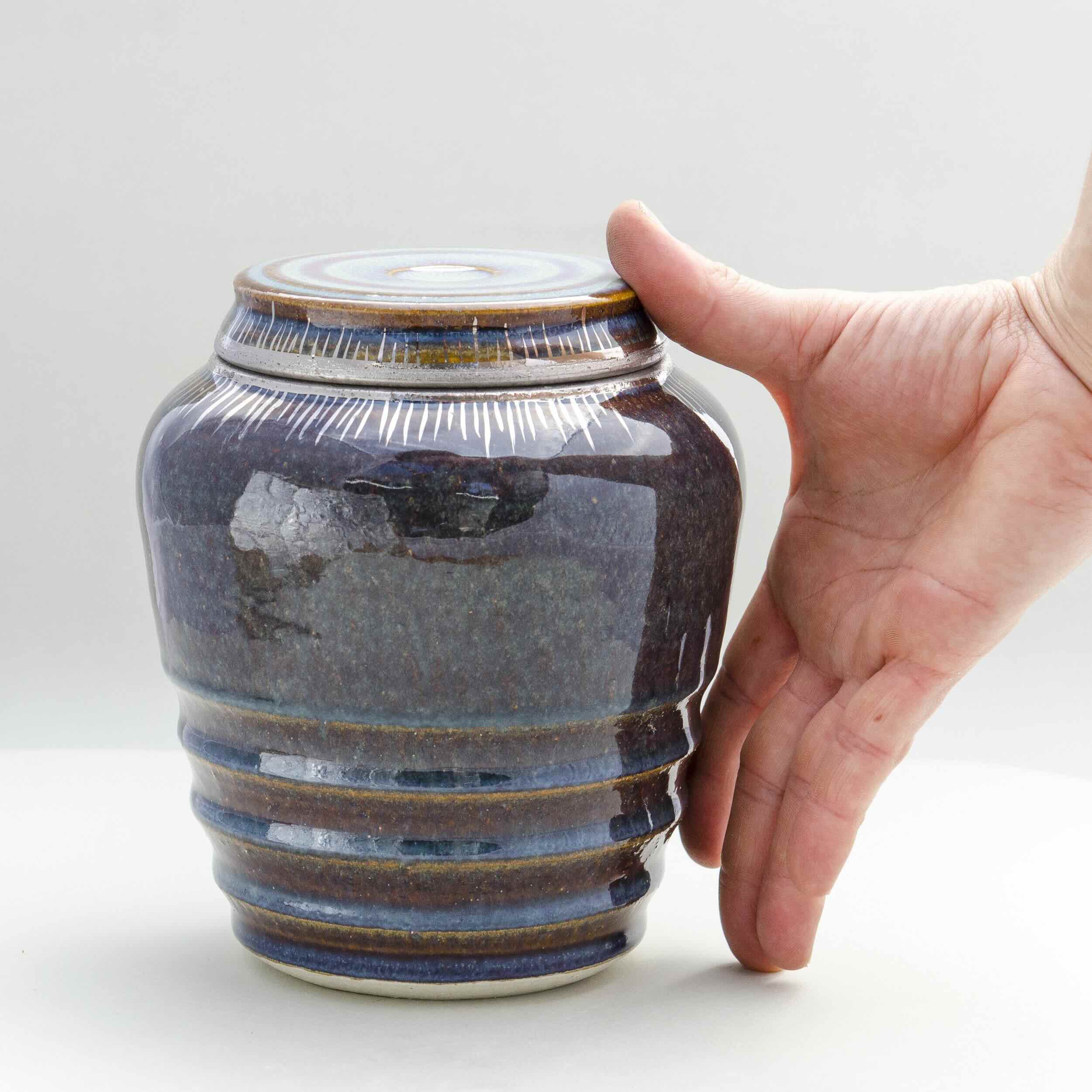
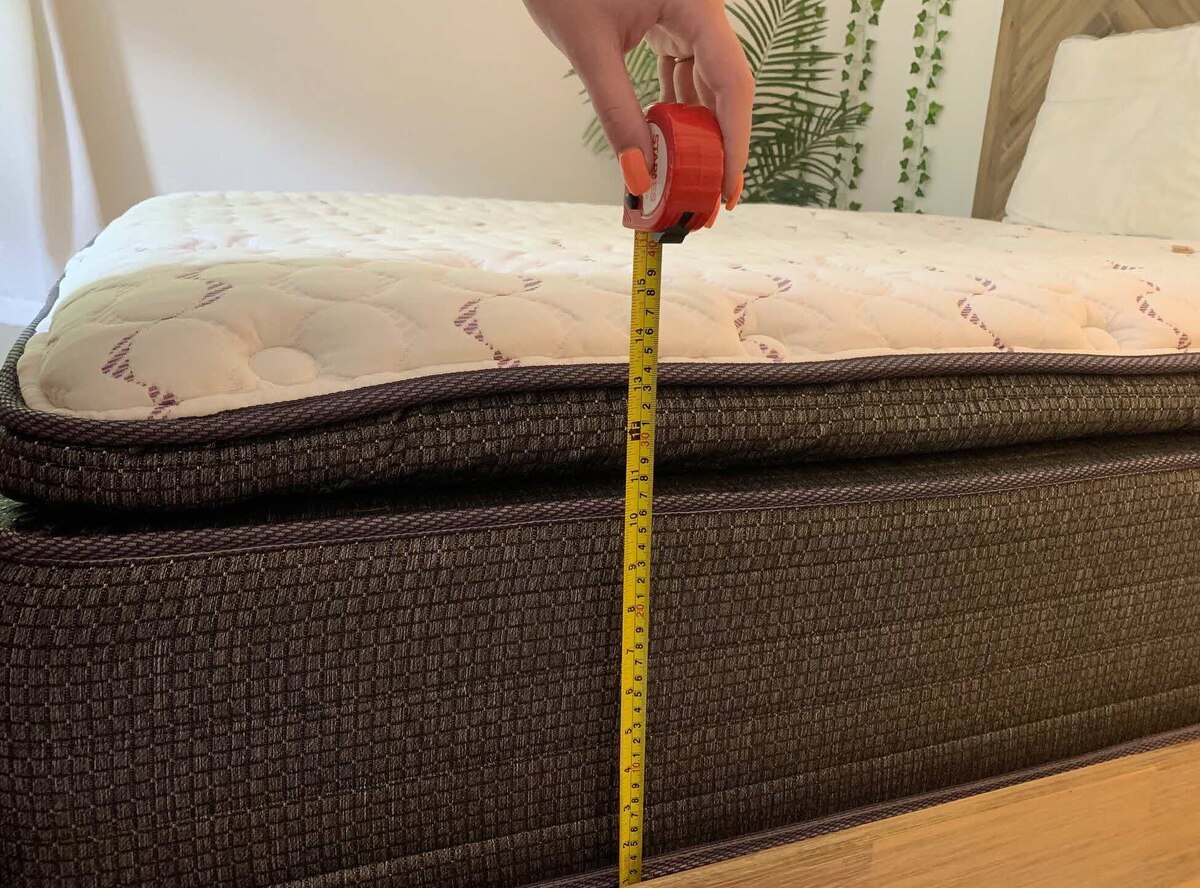

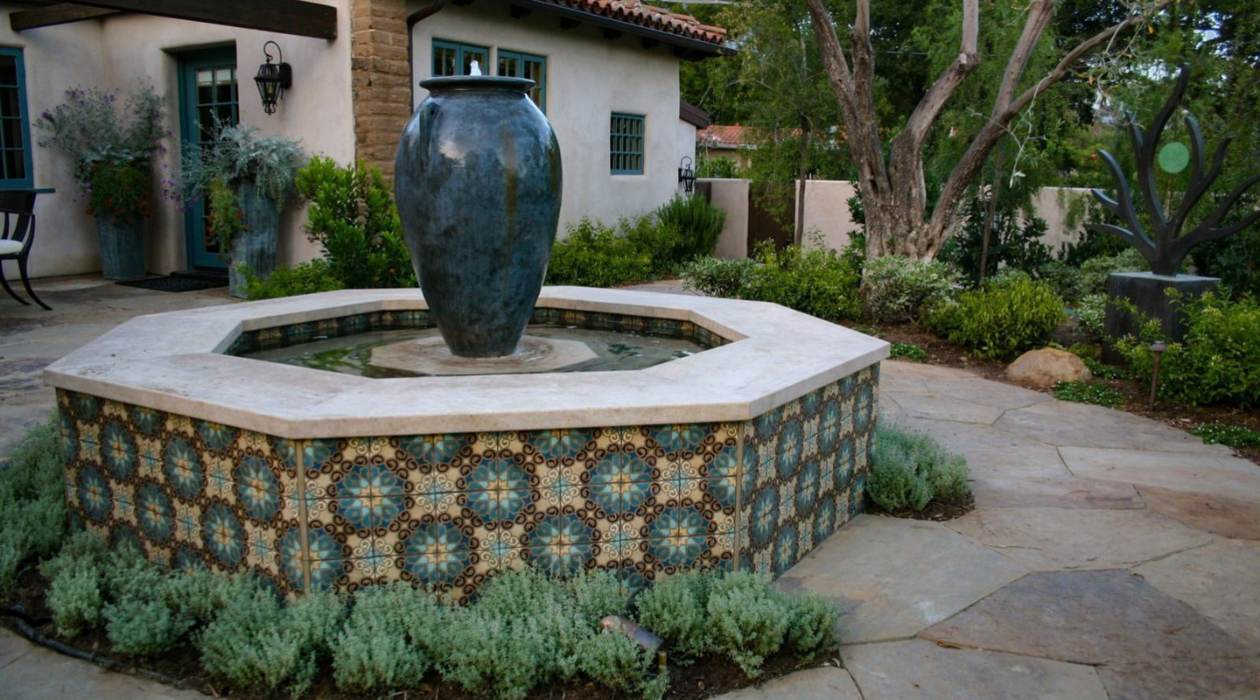
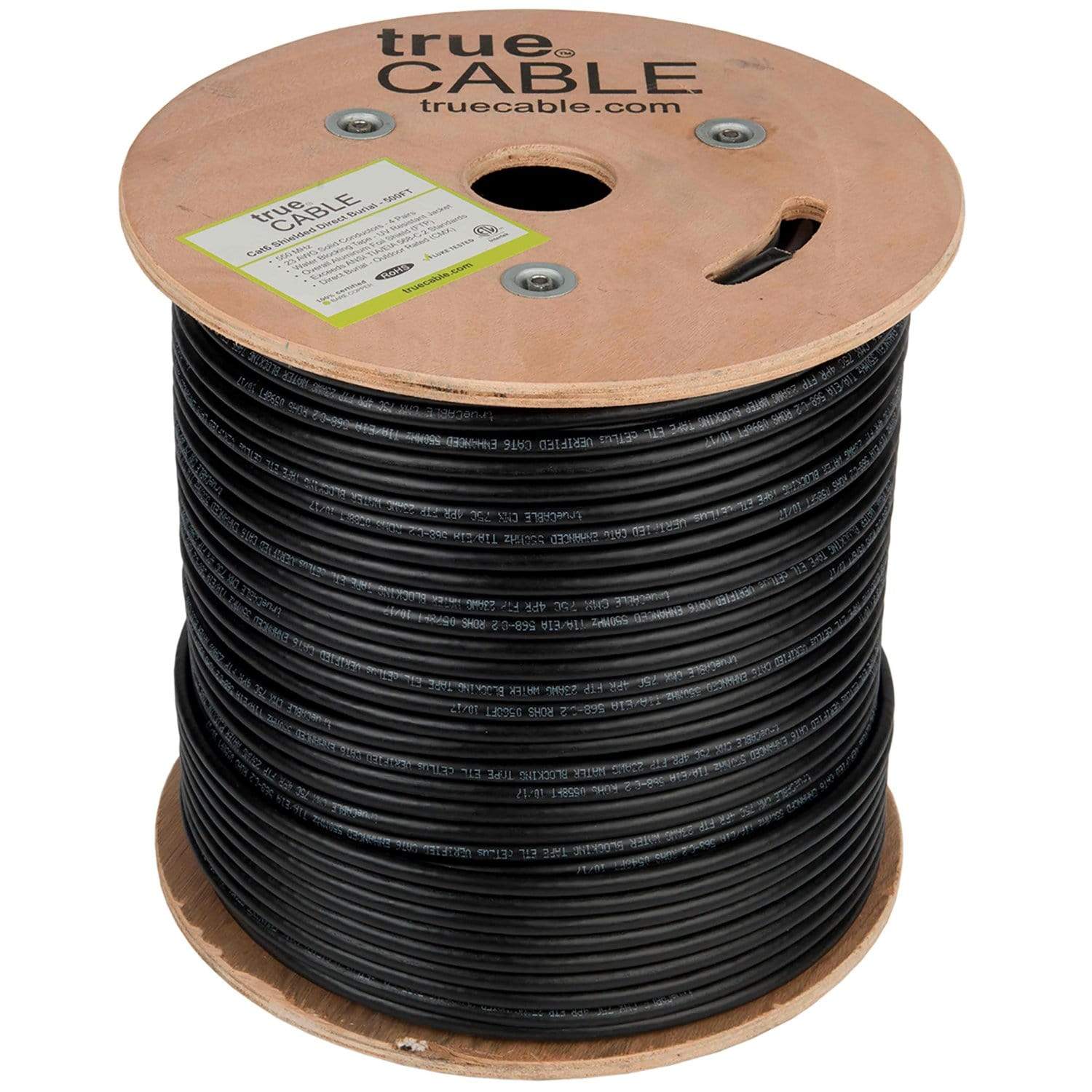
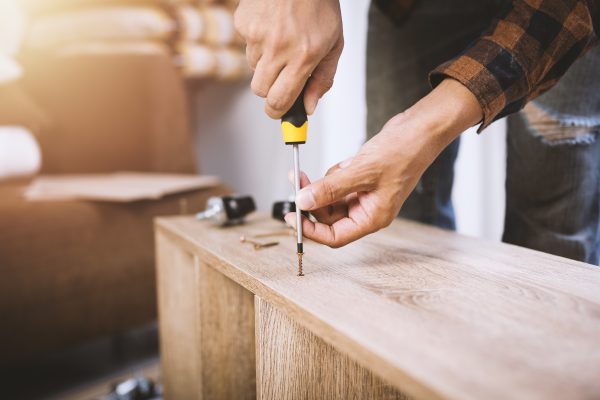
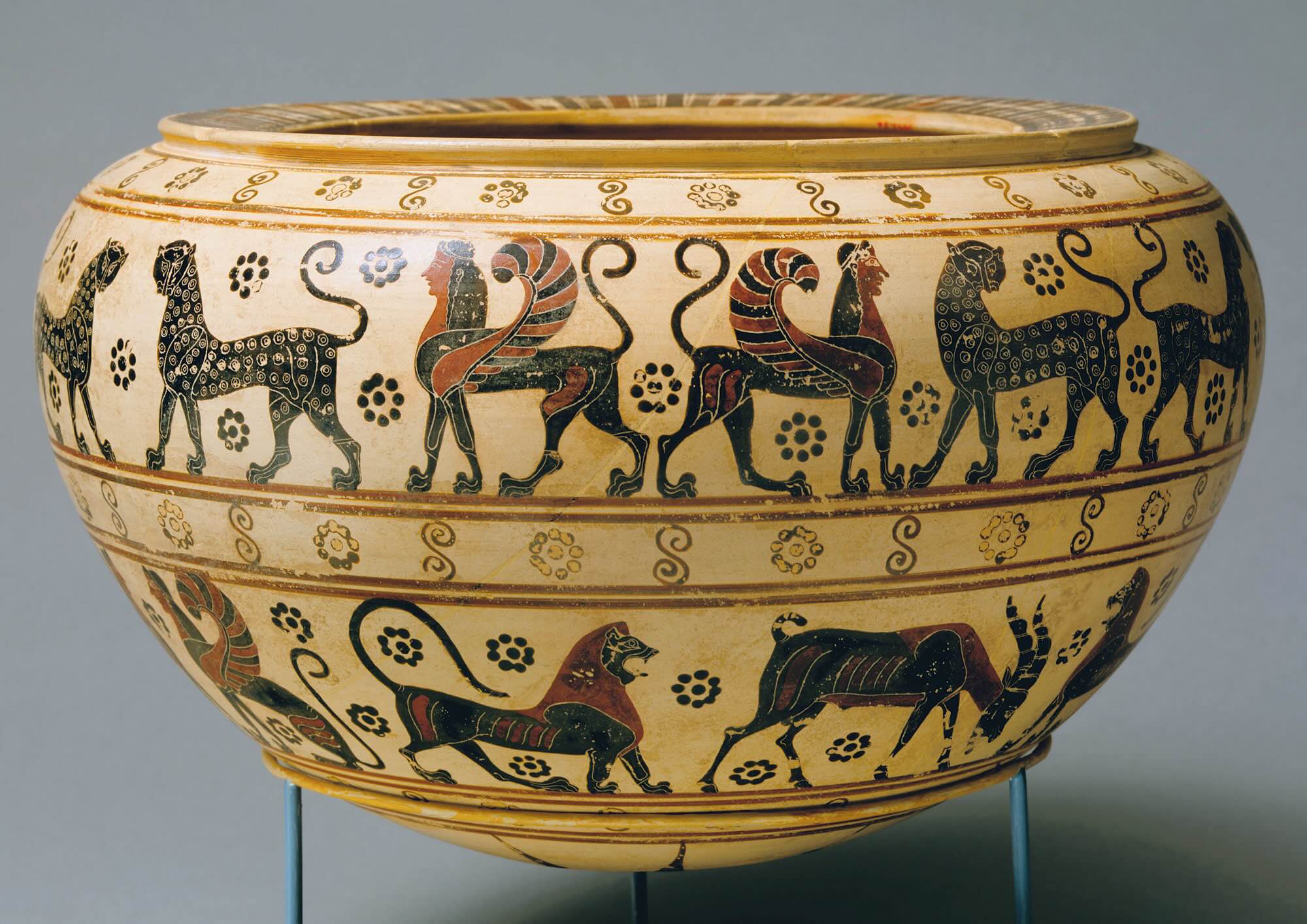

0 thoughts on “What Is The Burial Depth For Urns”